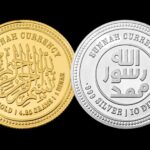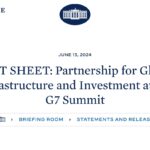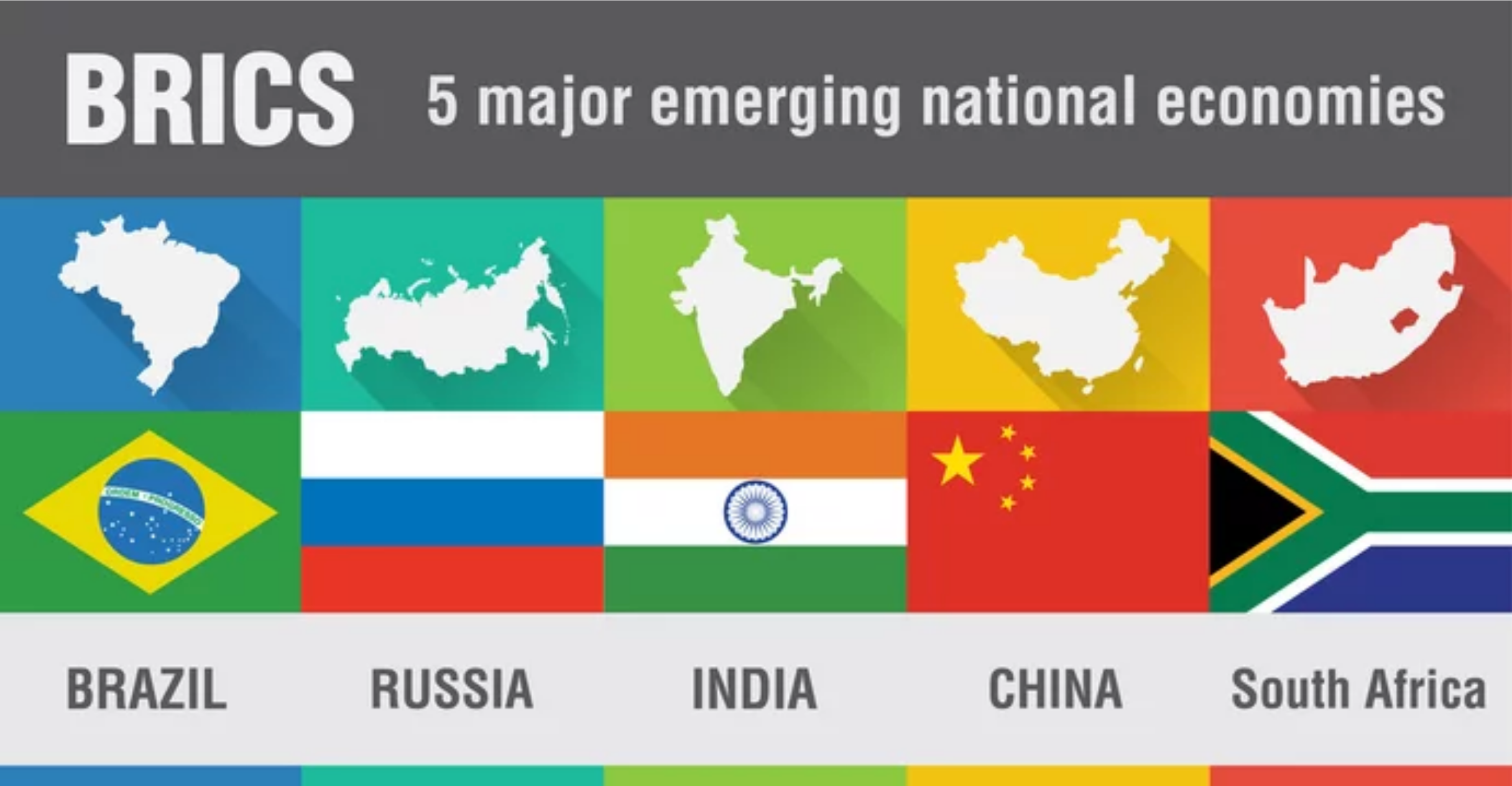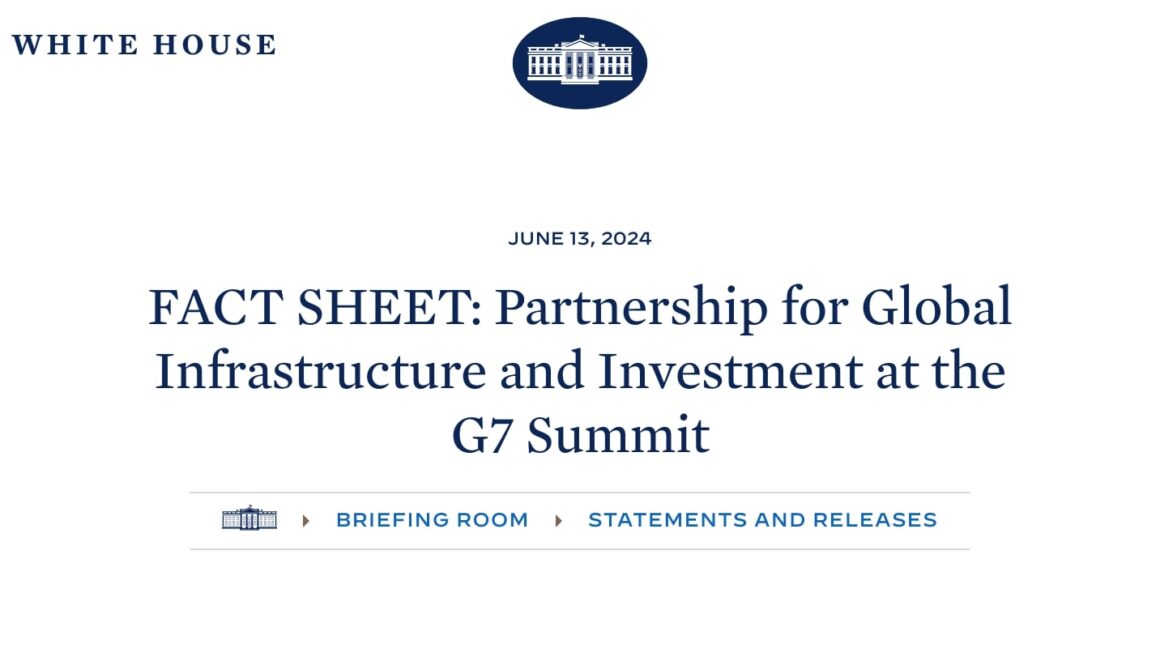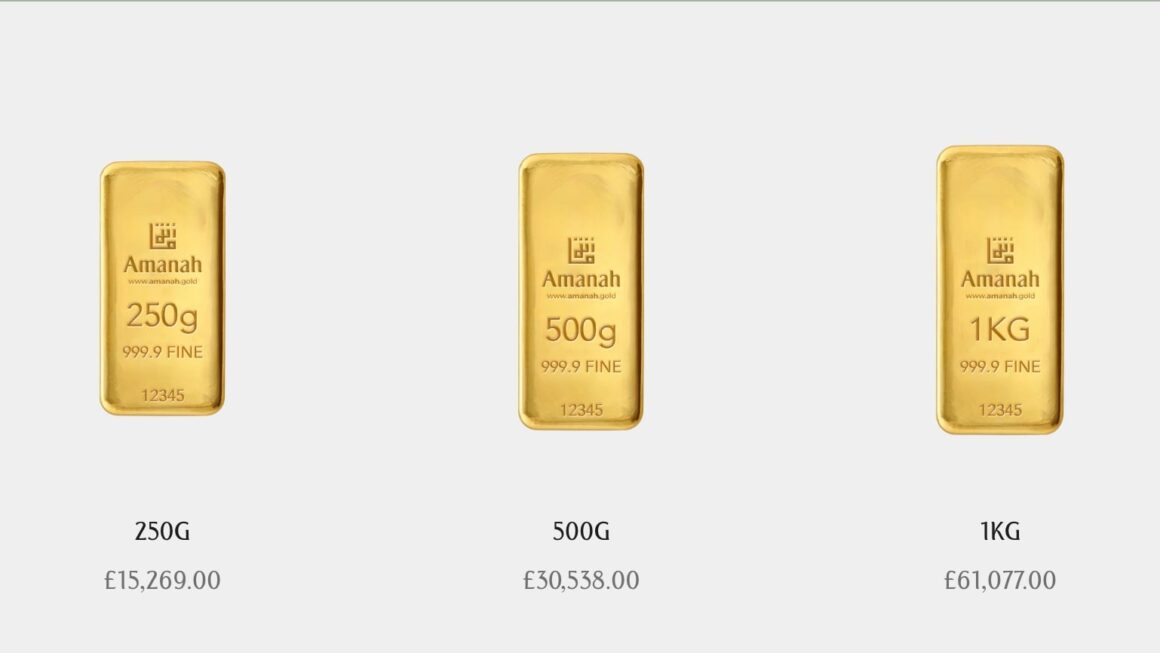Outline
I. Introduction
- Explanation of BRICS and G7 nations
- Brief overview of GDP (PPP)
II. Understanding GDP (PPP)
- Definition and explanation of GDP (PPP)
- How GDP (PPP) is calculated
- Benefits of GDP (PPP)
III. Overview of BRICS and G7 Nations
- Brief history and formation of BRICS and G7 nations
- List of countries in each group
- GDP (PPP) of each country in both groups
IV. BRICS Overtaking G7 Nations in GDP (PPP)
- Explanation of BRICS overtaking G7 nations in GDP (PPP)
- Factors contributing to the rise of BRICS
- Implications of BRICS becoming the next economic powerhouse
V. Comparison between BRICS and G7 Nations
- Differences between the economic systems of BRICS and G7 nations
- Advantages and disadvantages of each group
VI. Future of BRICS and G7 Nations
- Possible future scenarios for both groups
- Factors that could affect the future of both groups
VII. Challenges Facing BRICS and G7 Nations
- Major challenges facing BRICS and G7 nations
- How these challenges could affect the future of both groups
VIII. Conclusion
- Summary of the key points
- Final thoughts on the topic
IX. FAQs
- What does GDP (PPP) mean?
- How does BRICS compare to G7 nations in terms of GDP (PPP)?
- What are the benefits of GDP (PPP)?
- What are the major challenges facing BRICS and G7 nations?
- What factors could affect the future of BRICS and G7 nations?
BRICS Countries Overtake G7 Nations in Global GDP (PPP) to Become the next Economic Powerhouse
The global economy is constantly evolving, and the balance of economic power is shifting. In recent years, the BRICS countries (Brazil, Russia, India, China, and South Africa) have emerged as major players in the global economy. These countries, with their large populations and growing economies, have overtaken the G7 nations (Canada, France, Germany, Italy, Japan, the United Kingdom, and the United States) in terms of GDP (PPP) to become the next economic powerhouse.

Understanding GDP (PPP)
GDP (PPP) is a measure of the economic output of a country, adjusted for differences in prices and purchasing power between countries. It takes into account the relative prices of goods and services in different countries and adjusts for differences in the cost of living, making it a more accurate measure of economic activity than nominal GDP.
GDP (PPP) is calculated by converting the GDP of each country into a common currency (usually the US dollar) using purchasing power parity (PPP) exchange rates. This adjusts for differences in the cost of living between countries, so that one US dollar has the same purchasing power in each country.
There are several benefits of using GDP (PPP) as a measure of economic activity. It provides a more accurate picture of the relative size of different economies and their levels of development, and can be used to compare living standards between countries.
Overview of BRICS and G7 Nations
The BRICS countries are a group of five major emerging economies that are seen as key players in the global economy. Brazil, Russia, India, China, and South Africa all have large populations, vast natural resources, and rapidly growing economies. The group was formed in 2009 to promote cooperation and economic development between these countries.
The G7 nations, on the other hand, are a group of seven of the world’s most advanced economies. Canada, France, Germany, Italy, Japan, the United Kingdom, and the United States are all members of this
group, which was originally formed in 1975 as the G6 (excluding Canada), to address global economic and political issues.
In terms of GDP (PPP), the BRICS countries have surpassed the G7 nations in recent years, indicating their growing economic power. According to the International Monetary Fund (IMF), the combined GDP (PPP) of the BRICS countries in 2020 was $36.1 trillion, while the GDP (PPP) of the G7 nations was $32.9 trillion.
BRICS Overtaking G7 Nations in GDP (PPP)
There are several factors contributing to the rise of the BRICS countries as economic powerhouses. First, they have large populations with a growing middle class, which creates a huge consumer market for goods and services. Second, they have abundant natural resources, including oil, gas, and minerals, which are in high demand globally. Third, they have made significant investments in infrastructure, education, and technology, which have helped to boost their economies.
The implications of the BRICS countries overtaking the G7 nations in GDP (PPP) are significant. It indicates a shift in the balance of economic power, with the BRICS countries becoming major players in the global economy. This could lead to a change in the way that economic and political power is distributed globally, with the BRICS countries having greater influence in global decision-making.
Comparison between BRICS and G7 Nations
There are several differences between the economic systems of the BRICS countries and the G7 nations. The BRICS countries are generally seen as having more state-controlled economies, with governments playing a larger role in economic decision-making. The G7 nations, on the other hand, are generally seen as having more market-oriented economies, with private enterprise playing a larger role in economic decision-making.
There are advantages and disadvantages to each system. State-controlled economies can be more effective in directing resources towards certain sectors or industries, but may be less efficient and innovative than market-oriented economies. Market-oriented economies can be more efficient and innovative, but may be less equitable and leave some segments of the population behind.
Future of BRICS and G7 Nations
The future of both the BRICS countries and the G7 nations is uncertain, and there are several possible scenarios that could play out. The BRICS countries could continue to grow and become even more dominant in the global economy, or they could face significant challenges that slow their growth. The G7 nations could also continue to grow, or they could face
stagnation or decline, particularly if they fail to adapt to changing global economic conditions.
One potential challenge for the BRICS countries is their heavy reliance on commodity exports, particularly oil and gas. This makes them vulnerable to fluctuations in global commodity prices and demand, which can have a significant impact on their economies.
On the other hand, the G7 nations may face challenges related to their aging populations and declining birth rates, which could lead to a shrinking workforce and reduced economic growth. Additionally, there is increasing concern about income inequality and the impact of globalisation on the working class in G7 nations, which could lead to political unrest and economic instability.
Conclusion
In conclusion, the rise of the BRICS countries as economic powerhouses represents a significant shift in the balance of global economic power. While there are challenges and uncertainties facing both the BRICS countries and the G7 nations, the growing economic influence of the BRICS countries is likely to continue in the years to come. This will have important implications for global economic and political decision-making, and will require careful management by policymakers and leaders around the world.
FAQs
-
What does GDP (PPP) mean? GDP (PPP) stands for Gross Domestic Product (Purchasing Power Parity), which is a measure of a country’s economic output that takes into account the relative cost of goods and services in different countries.
-
Which countries are included in the BRICS group? The BRICS group includes Brazil, Russia, India, China, and South Africa.
-
How has the balance of economic power shifted in recent years? The BRICS countries have overtaken the G7 nations in terms of GDP (PPP), indicating a shift in the balance of global economic power.
-
What are some of the factors contributing to the rise of the BRICS countries? The BRICS countries have large populations with a growing middle class, abundant natural resources, and significant investments in infrastructure, education, and technology.
-
What are some of the challenges facing the BRICS countries and the G7 nations? The BRICS countries are vulnerable to fluctuations in commodity prices and demand, while the G7 nations may face challenges related to their aging populations and income inequality.





